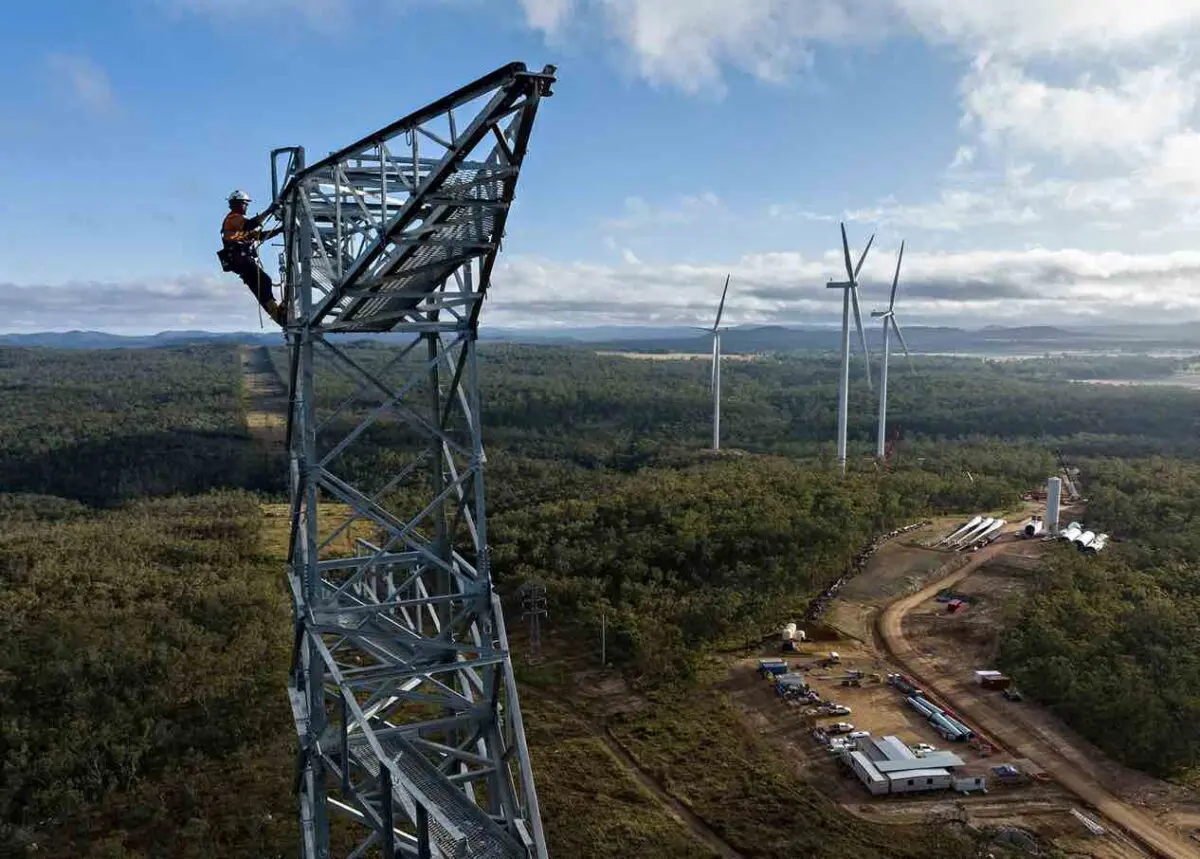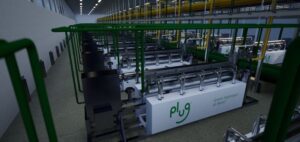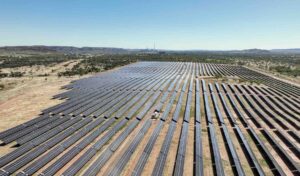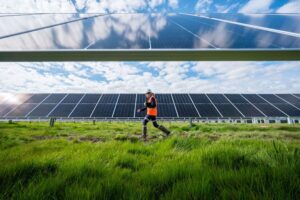Electricity distribution company Powercor is seeking to branch into the provision of transmission services on its network patch in Victoria in a move it says will help make new wind and solar farms connections faster and cheaper.
Powercor says it does not plan to build new large transmission lines, but wants to obtain a transmission licence that will enable it to provide the other infrastructure that can help it connect bigger wind and solar projects to the grid.
The DNSP (distributed network services provider) has applied to the Essential Services Commission (ESC) for the licence within its current distribution footprint across western, central and northern parts of the state.
Powercor, which is owned by the foreign-held Victoria Power Networks, distributes electricity to 922,000 customers across two thirds of Victoria’s land area, and currently hosts more than 2,625MW of large-scale renewables.
But Powercor is generally limited to connecting generators or loads under a certain capacity to its low and medium voltage distribution network. The transmission company that owns the lion’s share of the high voltage network where Powercor operates is AusNet Services.
Powercor says that, if granted the licence, it would not use it to build major new transmission lines, but rather to build and upgrade transmission infrastructure – including new terminal stations and 220kV powerlines – to connect customer-related projects to the grid.
These projects would include large-scale solar and wind generation, battery storage, data centres and commercial and industrial businesses, the company says.
“Faster transmission connections and creating more capacity is essential to supporting Victoria achieve its target of delivering 65% renewable generation by 2030 and unlocking more than 10,000MW of capacity within our state’s designated renewable energy zones,” Powercor CEO Tim Rourke said on Tuesday.
“Our entry into the transmission market would provide the extra market capability the industry needs to support more renewables and commercial connections to the grid.
“[It] will support more investment, creating the competition needed to significantly drive down transmission connection costs and reduce delivery timelines for people wanting to invest in our state and create jobs in our regional communities.
There has been concern about the lack of competition in Australia’s transmission network sector, particularly in light of the increasingly urgent task of building huge and costly new transmission lines up and down the National Electricity Market, to accommodate more solar and wind and bring the grid up to speed with the transition to renewables.
Nexa Advisory last year published a report arguing that a lack of competition and contestability for transmission projects in Australia’s National Electricity Market (NEM) is delaying the progress of crucial grid upgrades and driving up costs at a time that households and businesses can least afford it.
The question will be whether extending the commercial reach of an existing incumbent distribution network company is the right way to go about creating competition.
The modelling used for the Nexa report found that nearly $1 billion in capital cost reductions could be gained from bringing “globally-proven non-incumbent transmission entities into the mix, with established scale and procurement partnerships.”
Tony Wood, program director of energy and climate at the Grattan Institute says that in the shift away from centralised coal and gas powered grids means that “what used to be the nice neat boundaries” in the NEM are being tested.
On face value, he says, it sounds like a good idea for Powercor to offer these services in its own patch, because they know where the opportunities are to put in new projects – and particularly battery storage.
Powercor’s Rourke says that, if the network’s bid is a success, it will be the only provider to offer a full in-house service, from design and planning to construction and maintenance, across both distribution and transmission in western Victoria.
“We are already one of the lowest cost distributors and this will be mirrored within our transmission group,” he says.
The ESC, which defines its overarching objective as to promote the long-term interests of Victorian consumers on the price, quality and reliability of essential services, says it will make a decision on Powercor’s licence application “later in 2024.” In the meantime it is inviting public and stakeholder feedback up until June 11.
“We will hold a public forum (online) in late-May. We will update this page with more information on the forum including how to register, closer to the event,” the ESC says.
“We will review all submissions once the consultation is completed and your feedback will inform our consideration of the application.”
Powercor, too, will host a webinar to provide customers and stakeholders more information about its transmission licence application. The webinar will take place on Thursday May 16 at 12pm. Click here to register.









